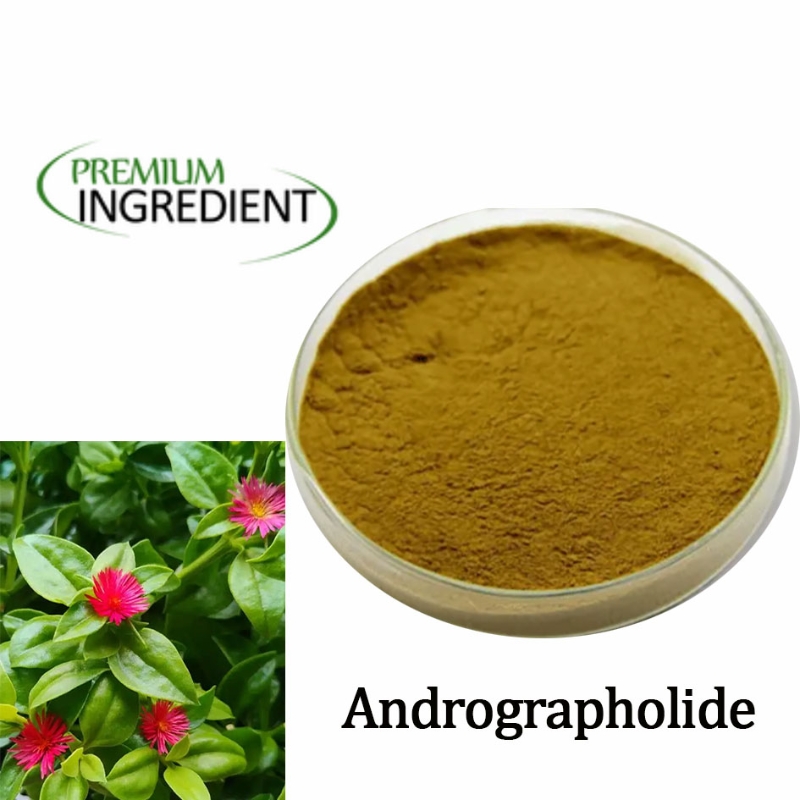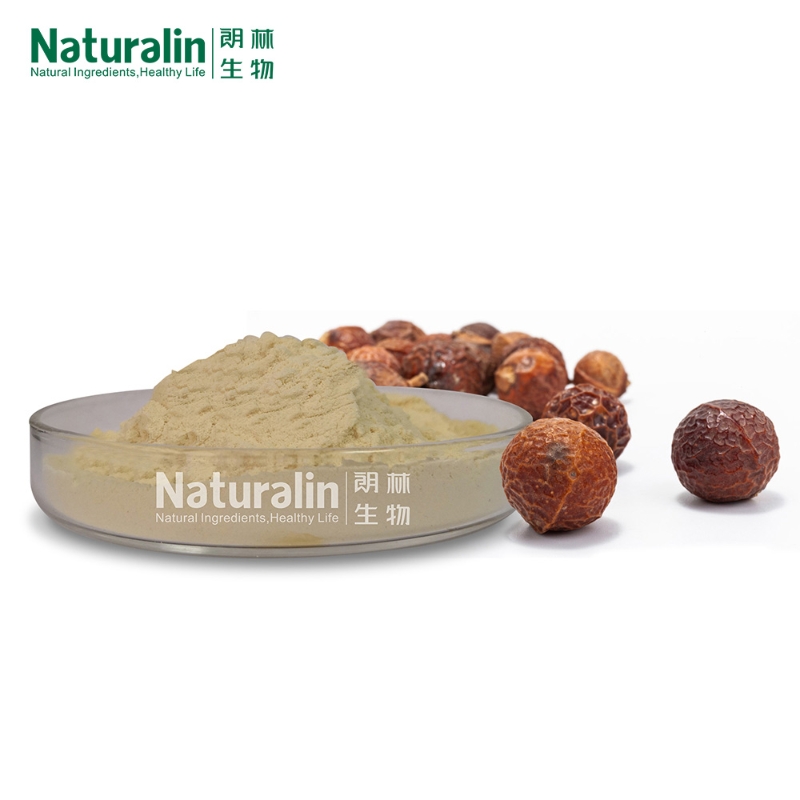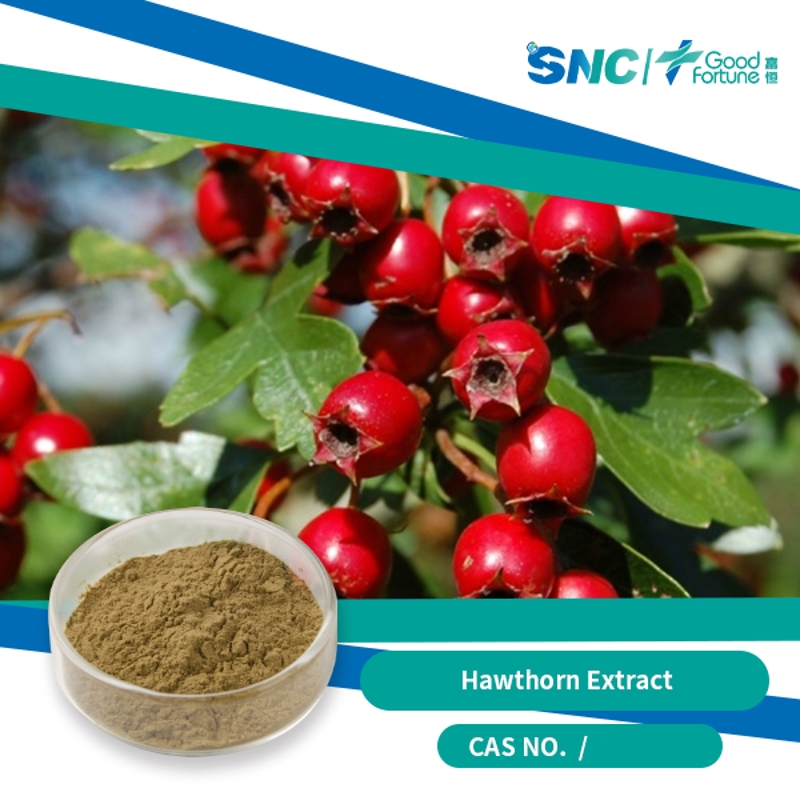-
Categories
-
Pharmaceutical Intermediates
-
Active Pharmaceutical Ingredients
-
Food Additives
- Industrial Coatings
- Agrochemicals
- Dyes and Pigments
- Surfactant
- Flavors and Fragrances
- Chemical Reagents
- Catalyst and Auxiliary
- Natural Products
- Inorganic Chemistry
-
Organic Chemistry
-
Biochemical Engineering
- Analytical Chemistry
-
Cosmetic Ingredient
- Water Treatment Chemical
-
Pharmaceutical Intermediates
Promotion
ECHEMI Mall
Wholesale
Weekly Price
Exhibition
News
-
Trade Service
The haustorium is a distinguishing feature of biotrophic plant pathogens. Several highly diverged �pathogen classes have independently evolved haustoria, suggesting that they represent an effective adaptation for growing within living plant tissue. Despite their clear importance in biotrophy, they have been difficult to study due to the close association of biotrophic pathogens with their host and the inability to produce haustoria in vitro. These drawbacks have been circumvented in the study of rust fungi by the development of a haustoria isolation technique. The strong binding of the lectin concanavalin A (ConA) to rust haustoria allows these structures to be purified from infected plant tissue by affinity chromatography on a ConA–Sepharose macrobead column. The isolation process results in substantial yields of intact haustoria that retain their cytoplasmic contents, making them amenable to experimentation. The construction of c
DNA
libraries from isolated rust haustoria and their subsequent sequence analysis have provided significant insight into haustoria function at a molecular level, revealing important roles in nutrient acquisition and the delivery of pathogenicity effector proteins. The generation of a rust haustorium-specific
cDNA
library is described in this chapter.







